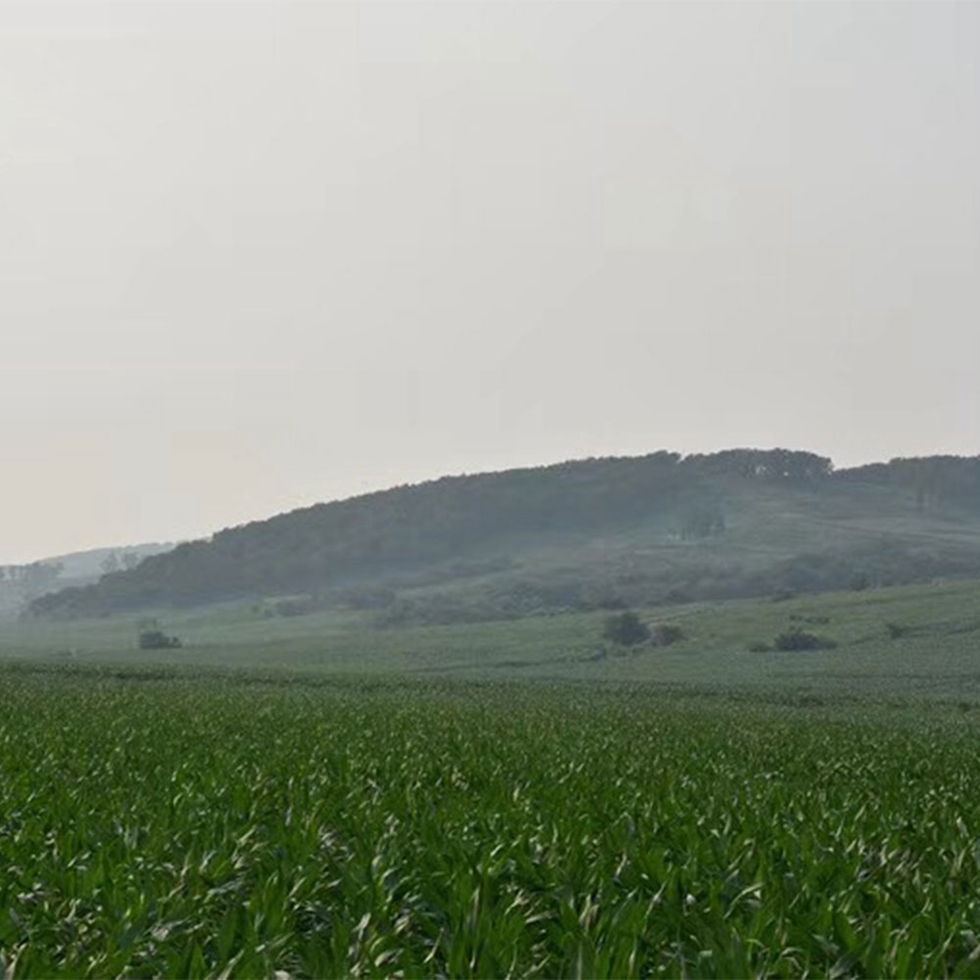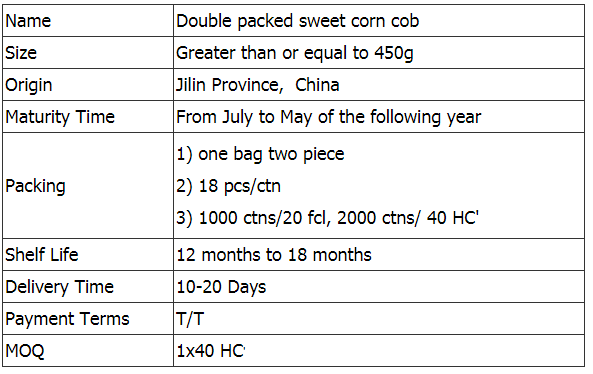On the shed film, the plastering room with shading and sunshading covers the shed where the nylon cloth shades and cools.
In recent years, in the greenhouse vegetable production in summer, the shade and temperature reduction methods adopted by vegetable farmers are varied, and the different shade methods have different cooling effects. This issue analyzes the advantages and disadvantages of several common shade cooling methods and hopes to help vegetable farmers.
Phenomenon 1: After splashing mud, prevent rainwater from flushing
It is a method of cooling soil that vegetable growers have used for many years to cool down the shed. This method is not only simple and saves money, but it can be that the mud is easily washed away by rain, and it can make up the work of spraying. Time-consuming. In order to prevent the mud from being washed out by the rain, vegetable farmers have come up with many solutions. However, these methods do more harm than good and are not recommended.
Myth: Splashing mud cover film
To prevent the mud from being washed by the rain, Master Hu came up with a solution: first throw some mud on the shed film, wait until the mud dries, then cover it with a layer of old film, and then use a few film ropes to fix the film. In this rainy day, there is a barrier to the upper layer that prevents the mud from being washed out by the rain.
It is undeniable that splashing the mud and then covering it with a thin film can really prevent the mud from being flushed by rain. However, covering more than one layer of film will inevitably affect the light intensity of the greenhouse. If the light is strong at noon on a sunny day, it will cover this film. If it is cloudy or evening, it will still cover the film, which will affect the photosynthesis of vegetables. The role of the cause of prosperous vegetables.
Experience: Spilling mud into the inner surface of the film
Some vegetable farmers have taken measures to sprinkle mud on the inner surface of the shed film, so that the mud sticks to the inner surface of the shed film, which can effectively prevent the erosion and destruction of rainwater.
However, when spilling mud into the inner surface of the film, care should be taken to avoid dripping the mud onto the leaves of the vegetables, so as not to affect the light-receiving area of ​​the plants, resulting in failure of normal photosynthesis.
Phenomenon II: Shade nets are favored by cold nylon cloth
In summer this year, the shade nets are covered on the sheds to reduce the temperature, and instead, the nylon cloths are cooled. In recent years, the sunshade nets that were popular in the past have not been welcomed by farmers. The original nylon cloth is more cost-effective. Nylon cloth 16 yuan per kilogram, a 16-meter 55-meter awning covered with nylon cloth costs only 1,000 yuan, and is not a problem with seven or eight years; a 16-meter 55-meter sunshade covering the net will also cost 1,000 yuan, but even Good quality shade nets can only be used for 3 years, and their useful life varies greatly.
There are many misunderstandings when choosing and covering nylon fabrics.
Misunderstanding: Use yellow-green nylon cloth
Yellow-green nylon cloth, which has been used for some time, may fade to yellow when it is washed by rain and sunlight. We all know that the whitefly has yellowing properties. After covering this yellow-green nylon, the probability of whitefly entering the greenhouse increases, and Bemisia tabaci is a spreader of tomato virus disease. This is undoubtedly an outbreak of tomato virus disease. Planted hidden dangers.
Coverage Mistakes: Nylon Cloth and shed film stick
If the nylon cloth is closely attached to the shed film, the absorbed heat is easily transmitted to the shed film and then transmitted to the shed, and the effect of the nylon cloth to reduce the shed temperature cannot be sufficiently exerted. Then nylon cloth clings to the film, so that the heat can not be distributed, increasing the temperature of the nylon cloth itself, will accelerate the nylon cloth aging.
Reminder: Attention should be paid to the time and area covered by nylon cloth. It is not recommended to cover the entire shed. And should try to make the nylon cloth not close to the film, you can put some bags filled with soil under the nylon cloth, do not put too much, put two or more at 70 cm; the front of the shed can be separated by 105 to 175 Put a discarded straw curtain in centimeters. In addition, the two sides of the nylon cloth can be fixed on the wire on both sides of the booth to prevent it from sinking into.
From a comprehensive analysis, the sunshade nets and nylon cloths are relatively expensive to use, but they are more troublesome to use. However, in the case of reasonable use, the shading effect should be the best. In addition, based on the measures taken by the vegetable farmers to reduce the temperature, such as pouring mud and covering the shade net, we must pay attention to the correct scientific management methods such as leaf retention, ventilation, and moisturizing, which will achieve better cooling effect.
Fresh Double Packed Sweet Corn
Jilin Province Agricultural Sister-in-law Food Co., Ltd. was establishe in 2012, is a diversified company based on corn food's research and development, production, and sales. Through several years' rapid development and innovation, Nongsao gradually became a modern company of certain scale.
Jilin Province Agricultural Sister-in-law Food Co., Ltd. is located in Gongzhuling City, Jilin Province, one of the three golden corn belts in the world. The corn belt in Jilin Province is well suited for corn growing conditions, and more than 60% of the arable land is suitable for corn growing, so the total corn production and commercial grain rate in Jilin Province has been the first in China. Jilin Province is the main corn producing region in China and the main grain exporting province of the country.
Unlike other regions, Jilin has a cold-temperate humid and semi-humid climate. The frost-free period is short throughout the year, about 130-170 days, and the annual precipitation reaches 400-800. July-September is the peak period of precipitation, which is more suitable.



If you have any questions, please contact us directly. Welcome to visit our factory, if you have any questions, please email us directly.
Local Sweet Corn,Sweet Corn For Diet,Sweet Maize Cob,Packed Sweet Corn
Jilin Province Argricultural Sister in Law Food Co., Ltd. , https://www.nscorn.com